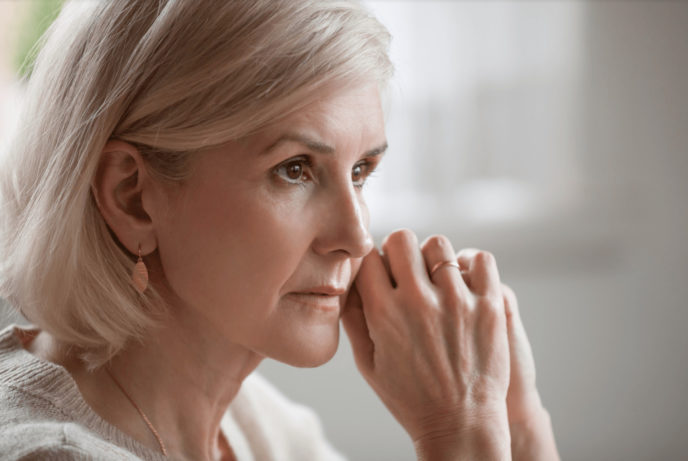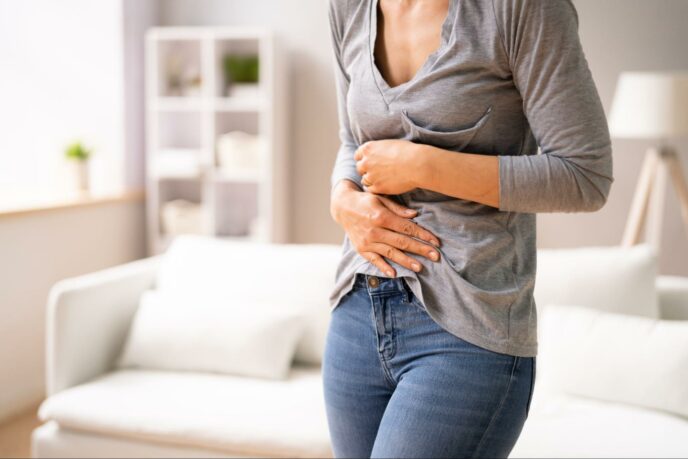
Can Uterine Fibroids Shrink After Menopause

Many women develop uterine fibroids during their childbearing years. This is because of the presence of higher estrogen levels in the body. Though some fibroids can stop growing or even shrink after menopause, sometimes medical treatment may be necessary.
American Fibroid Centers is dedicated to providing comprehensive and individualized care for women with fibroids. If you live near Queens, Harlem, Brooklyn, Fishkill, West Orange, NJ, or Cincinnati, OH, ask about an advanced procedure called uterine fibroid embolization (UFE).
We understand how fibroids cause excessive pain, pelvic pressure, and other symptoms that impact your quality of life. Our team is proud to offer a minimally invasive option like UFE, which has an 85 – 90% success rate in relieving fibroid symptoms.
How estrogen affects fibroids
Our bodies go through many changes as hormones increase and decrease through the years. For example, estrogen levels are highest during childbearing years and start to decline after menopause.
Fibroids are growths that develop in or around the uterus. They are made of smooth muscle and connective tissue, ranging in size from very small (like a pea) to very large (like a grapefruit).
It is believed that estrogen plays a role in the growth of fibroids. Large fibroids can press on the bladder or rectum, causing urinary frequency or constipation. They can also cause pain during sex, pressure, and heavy menstrual bleeding.
Do fibroid symptoms decrease after menopause?
Many women find that their symptoms improve or go away altogether after menopause. This transition begins around age 45 when the ovaries stop producing eggs and estrogen levels start to decline.
As estrogen levels fall, fibroids may shrink or even disappear. This process can take time, however, and many women continue to experience problems like pelvic pain and bleeding.
No one wants to deal with fibroid symptoms, especially when there are effective treatments available. Now, patients can speak with a qualified health care provider about their options. American Fibroid Centers sees patients from Queens, Harlem, Brooklyn, Fishkill, West Orange, NJ, and Cincinnati, OH.
How does UFE shrink large fibroids?
Uterine fibroid embolization is recommended for women who experience symptomatic fibroids and would like to avoid invasive options that require hospitalization. This procedure is performed by specialists at American Fibroid Centers in one of our Joint Commission-accredited outpatient facilities.
Treatment begins when a catheter is placed into an artery in the groin or wrist area. Using real-time imaging, our team members guide the catheter to the uterine arteries. Once in place, tiny particles are injected that block blood flow to the fibroids. This deprives them of the nutrients they need to grow and eventually leads to fibroid shrinkage.
UFE is done on an outpatient basis, which means you can return home the same day. Recovery times vary, but most women return to regularly scheduled activities within a week.
Ask about UFE for fibroid symptoms
Estrogen levels fluctuate throughout our lives, which can cause fibroids to grow or shrink. Anyone who experiences symptomatic fibroids can call American Fibroid Centers to learn about uterine fibroid embolization. Contact our specialists in Queens, Harlem, Brooklyn, Fishkill, West Orange, NJ, or Cincinnati, OH to see how we can help you. Our priority is providing excellent patient care and ensuring you have the resources needed to make informed decisions about your health.
Related Blogs & Videos
Learn more about vascular health, prevention, and care for Peripheral Arterial Disease.





